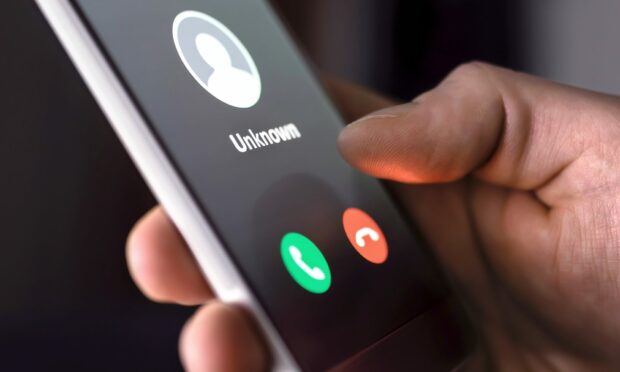Police are hunting a scammer who stole £30,000 from an 87-year-old man in Fife.
The pensioner was targeted over the phone by someone claiming to be from his bank.
Officers are now warning locals to be vigilant and avoid giving out personal details to unverified callers.
Inspector Kirk Donnelly from Police Scotland said: “We are currently investigating this scam which saw the victim transferring a substantial amount of money after being convinced by the scammer to move the funds urgently to avoid a loss.
Scammers claim to be from reputable companies
“We have seen an increase in reports of vulnerable and elderly members of our communities being targeted by this sort of telephone scam.
“Individuals from either within or outside the UK claim to be from reputable companies such as banks or building societies, Amazon, Microsoft, Inland Revenue and many more.
“Scammers will likely report a fault with a computer or the internet, an accidental renewal of a subscription or problem with a bank account which they allege put your money at risk.
“These callers can often be aggressive and intimidating, placing pressure on people to do ask they ask.”
‘Be suspicious’ of callers demanding payment
Insp Donnelly says scammers use a number of methods to obtain people’s personal details such as a third party app or website.
This can often be followed with a demand for payment, claiming the victim may face legal action if the money is not sent.
He added: “Be suspicious of all such calls and always make every effort to ensure that the person at end of the line is who they claim to be, represent who they claim to represent and are legitimate and reputable.
“If you are unsure, take details of their company so you can check their credentials.
“You can even take a number with a view to checking out their details and calling the company they say they are from at a later time using a number you have obtained independently.”
